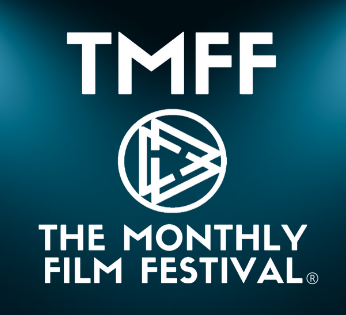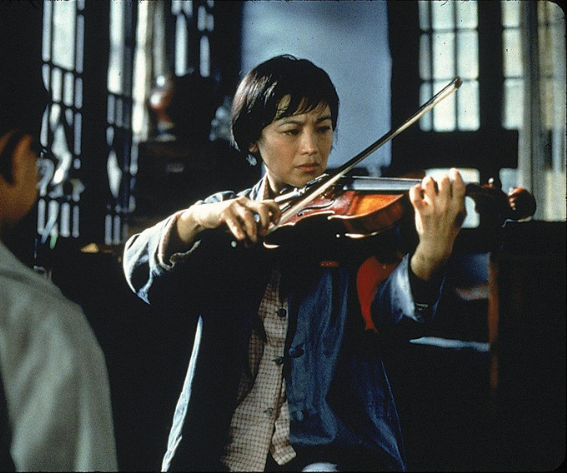Filmmaking is both an art and a craft. To succeed, you need creativity, technical skill, and smart workflows. Whether you’re shooting on set or cutting footage late at night, the smallest habits can save you hours of frustration. One of the most important things to master early on is how to send large files. Sharing raw footage, rough cuts, and final edits is part of every project. A reliable file transfer service will keep your collaboration smooth and prevent delays.
Below are practical tips that every filmmaker and editor—beginners and professionals alike—should adopt.
1. Organize From Day One
Chaos in your files leads to chaos in your edit. Create a clear folder system before you even start importing footage. Label your folders for video, audio, graphics, and exports. Use simple, consistent names like Scene01_Take05.mov. This way, anyone on your team can find files quickly without wasting time.
2. Always Back Up Your Work
Losing footage is heartbreaking—and avoidable. Follow the 3-2-1 backup rule: keep three copies of your files, stored on at least two types of media, with one copy in a separate location or the cloud. External drives and RAID systems are excellent for safety. A few extra minutes spent backing up can save your entire film.
3. Communicate Clearly With Your Team
Film is collaborative. Editors, directors, sound designers, and producers all need to stay aligned. Use project management tools or simple shared notes to track progress. When giving feedback, always include timecode references. For example, instead of saying “shorten that scene,” say “trim 0:32–0:45 by five seconds.” Specific feedback avoids confusion.
4. Prioritize Sound as Much as Visuals
A film with poor audio feels unfinished, no matter how beautiful it looks. Pay attention to dialogue clarity, background noise, and music balance. Even small improvements—like reducing harsh peaks or cleaning up hiss—can make a scene more engaging. Never underestimate the emotional power of sound.
5. Use Color Grading to Set the Tone
Color grading isn’t just about making a film look pretty. It sets the mood of your story. Warm tones may suggest nostalgia or romance, while cooler tones can create tension. Learn to balance exposure and correct white balance before diving into creative looks. Consistency is key—don’t let your audience notice a sudden color shift between shots.
6. Edit With Discipline
It’s easy to get attached to certain shots, but if they don’t serve the story, cut them. Great films have strong pacing. Trim away anything that slows down momentum. Remember: your audience will thank you for keeping the film tight, even if it means leaving out a shot you personally love.
7. Improve Workflow Efficiency
Editing software can be complex, but shortcuts and templates speed things up dramatically. Customize your workspace so tools you use most are always at hand. If your system feels slow, upgrade RAM or use faster storage drives. When your computer runs smoothly, your creativity flows without interruption.
8. Watch as a Viewer, Not Just an Editor
Sometimes you need to step back and watch your film with fresh eyes. Imagine you’re sitting in the theater for the first time. Does the story flow? Are the scenes engaging? Taking breaks or showing your cut to a trusted friend often reveals pacing or clarity issues you may have overlooked.
9. Use Test Screenings for Feedback
Test audiences are invaluable. Organize a small group and play your film before it’s finished. Don’t explain the story—just observe their reactions. Are they confused by certain scenes? Do they lose interest at specific points? Honest feedback will help you polish the final cut.
10. Keep Learning and Adapting
New tools and techniques appear constantly. Stay updated by following film blogs, joining workshops, or connecting with other creatives. Experiment with fresh approaches but remember: technology should enhance your story, not distract from it.
11. Handle Legal Matters Early
Make sure you have the rights to every asset you use. This includes music, stock footage, and even shooting locations. Get actor release forms signed. If you skip these steps, you may find yourself unable to submit your film to festivals or streaming platforms later.
12. Protect Your Health and Creativity
Editing can mean long hours at a desk, while directing can involve exhausting shoot days. Take regular breaks, stretch, and stay hydrated. Creativity flows better when your body and mind are in good shape. Burnout is real—don’t let it ruin your project.
Tools That Save Time and Stress
In modern filmmaking, time is money. That’s why tools that streamline collaboration are invaluable. Platforms like FileFlap make it simple to send huge video files without hassle. Instead of juggling external drives or waiting for slow transfers, you can upload, share, and move on to the creative work that really matters.
Final Thoughts
Film editing and filmmaking are about balance—between vision and workflow, creativity and discipline. From organizing your files to perfecting sound, every detail adds to the storytelling experience. And when you have the right tools, like a reliable way to transfer big files online, you remove obstacles and free yourself to focus on the story itself. By adopting these habits and staying adaptable, you’ll make each project smoother, faster, and ultimately more rewarding.









Leave a reply